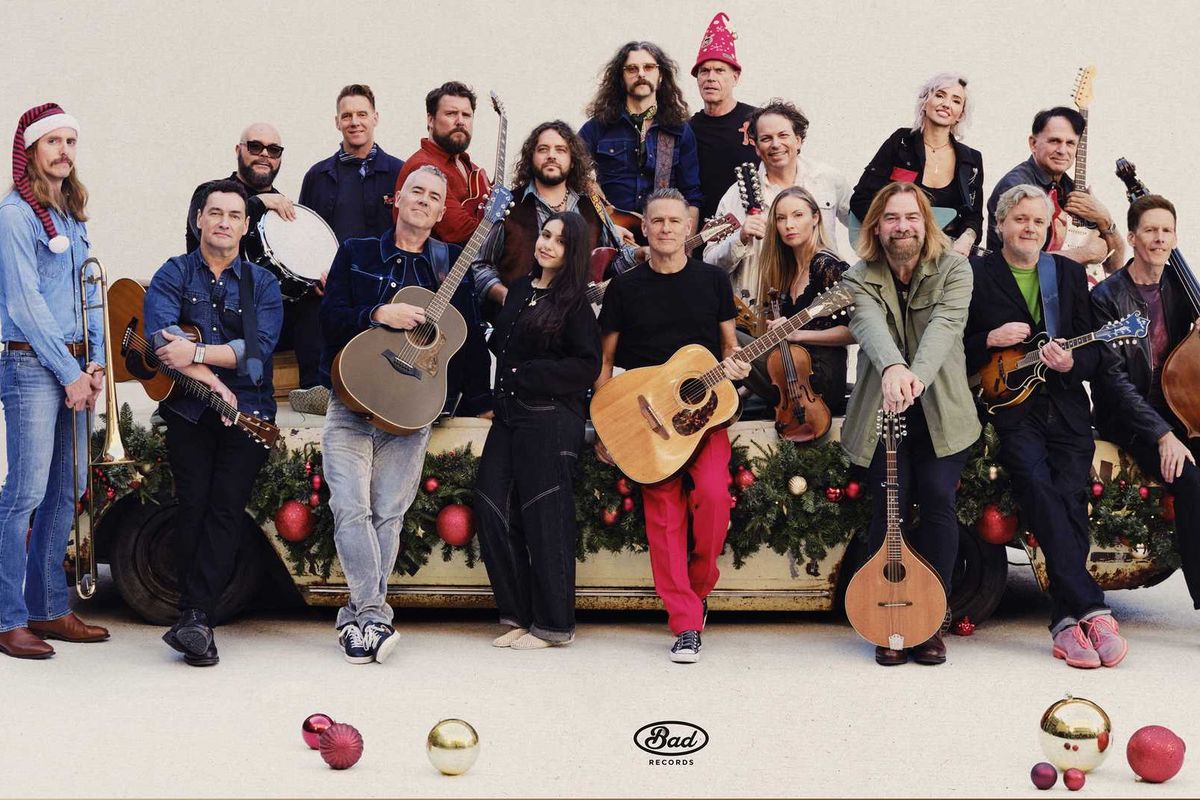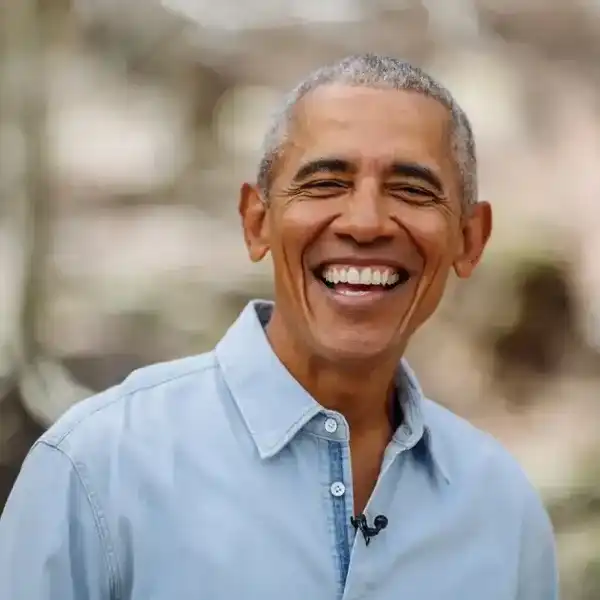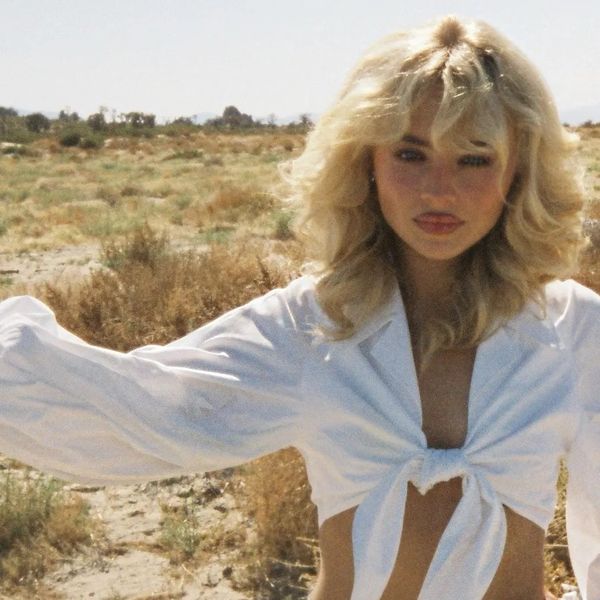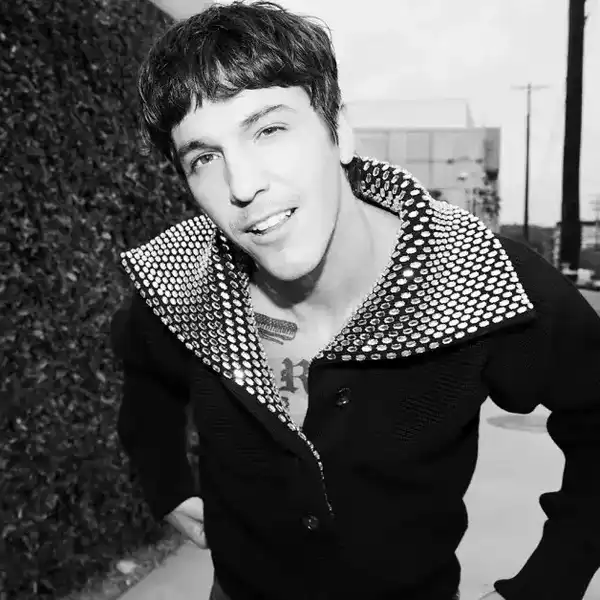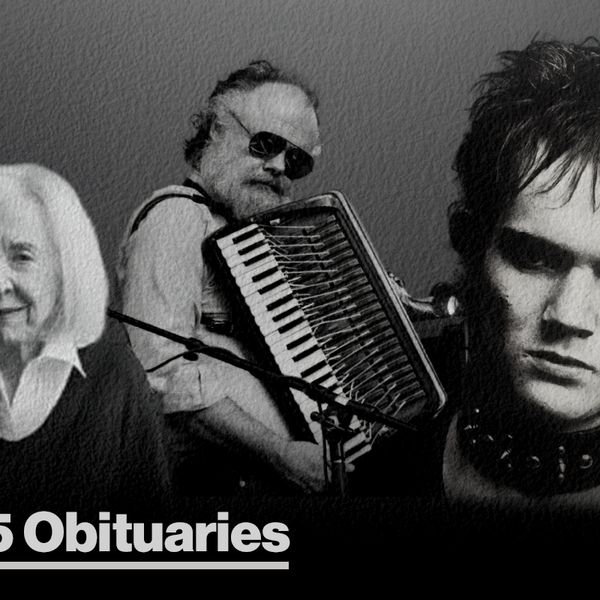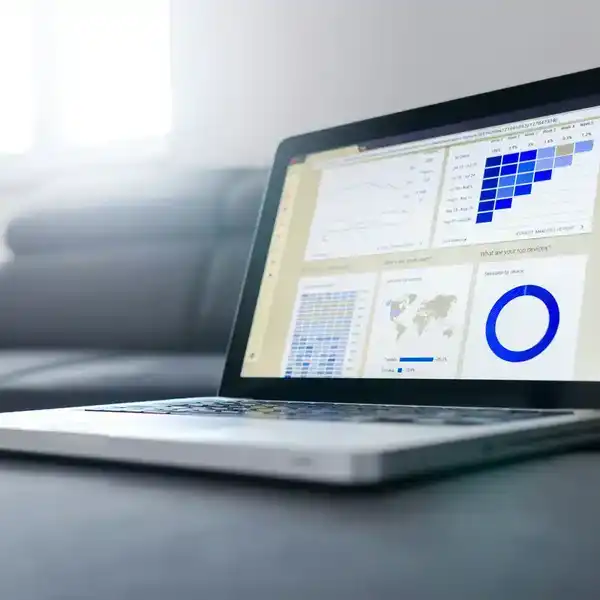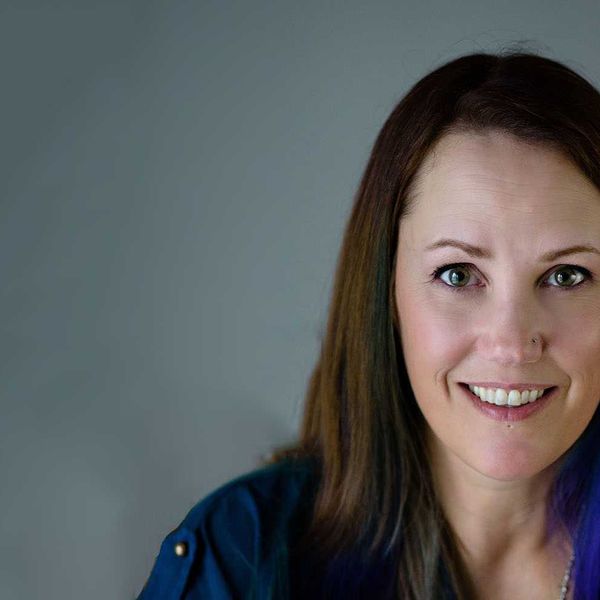Dave Charles Interviews Byrnes Media's Chris Byrnes
..."Dave, the first time we talked, I was in Regina in January, where it was -25 degrees, and you were on the Sunshine Coast of Australia, where it was +25 degrees. I sent you a note saying there was something very wrong with this picture, and the relationship started from there."
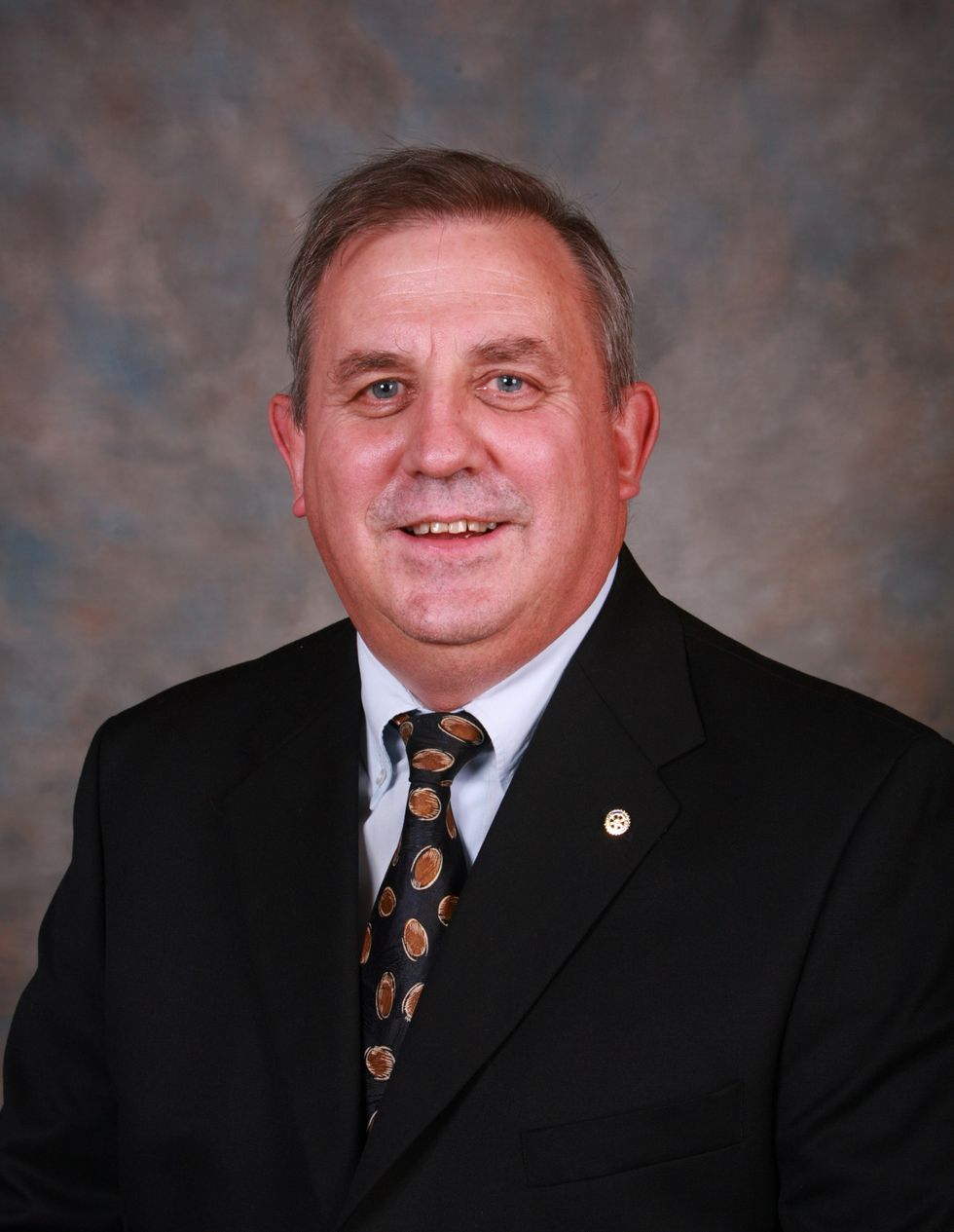
By Dave Charles
I met Chris Byrnes as I was returning from my 16 years in Australian Radio consulting in 2009. He somehow found out I was in Hamilton and wanted to catch up. He graciously offered me a chance to work with him as I attempted to re-establish myself in Canada. We worked together for the next year. I quickly found out that with his Chris Byrnes Newsletter (sent to every radio station in Canada), he was a master networker. He gave great free information and brilliantly connected solid radio ideas for free! I remember meeting Chris at a Radio conference in New Zealand (his home country) and quickly found out that he was one of that country's most innovative group PDs.
He moved to Canada in 1998, worked for a broadcaster in Canada for 18 months and then set up Brynes Media in July of 2000. He quickly built a client list of more than 70 stations across North America. In 2004 he became a Canadian Citizen and then set about looking to get back into radio ownership. He got a CRTC license as part of a competitive hearing and, in April 2006, launched 104.7 HEART FM serving Woodstock, Oxford County and beyond. He championed Local news coverage and established a very upbeat Contemporary Hit format. Chris is also a 12-year board member of the OAB (Ontario Association of Broadcasters) and works tirelessly for the betterment of the radio industry. I know this from my experience; he’s one of the most talented and skilled broadcasters I know. He’s mastered just about every skill set within a radio operation. Not many can claim that achievement.
Chris Byrnes: Actually, Dave, the first time we talked, I was in Regina in January, where it was -25 degrees, and you were on the Sunshine Coast of Australia, where it was +25 degrees.. I sent you a note saying there was something very wrong with this picture, and the relationship started from there.
DC: You now have a three-station network in Southern Ontario with stations in Woodstock, The RIVER 105.1 Niagara Falls, and 101.1 MORE fm Fort Erie. How's that going post-covid? What kind of networking do you do between your three stations?
CB: Revenue is coming back, but not to pre-covid levels in all markets. Some businesses are finding it hard to attract staff, and consumer confidence seems to be an issue for some. It means we all have to work harder to show the value and effectiveness of local radio and how we can help both local and national clients get their marketing messaging to their potential customers more often. We used covid to look carefully at all our systems and processes and rolled out new automation and traffic systems that allow our staff to work more efficiently. All our programming is done at each station, and our announcers are local. We do some voice tracking from one market to another, but we ensure our talent sounds as local and relatable as possible. We can also easily update content quickly when things happen. We run some syndicated programming at night but work hard to ensure the talent sounds as local as possible. I think this is a great time to be in the radio business, and I love coming up with new ways to innovate and connect with audiences.
DC: There is much grumbling in radio about the way to capture audience ratings. Can you give us an overview from a group station owner about the pros and cons of our current rating systems?
CB: We now have at least four different ratings measurement systems in Canada, which is not a good thing, in my opinion, because it makes it harder to buy radio. Small sample sizes are still an issue which means a higher margin of error. We could not make intelligent programming decisions based on the data we were getting from the previous audience measurement system, so after reviewing all the options, we selected StatsRadio as they provide a much larger sample size and combine monthly call-out research with 24/7 live streaming data presented in a Google-type dashboard. When we make a programming change, we can track the numbers weekly instead of waiting for 6 months in the diary-based systems. We can also show our clients estimates of how many people will hear their advertising campaign, which is a real benefit.
DC: iHeart Radio Player Canda's APP gives local radio a much larger footprint with their audience. Can you comment on the importance of terrestrial (free to air) vs. APP platforms?
CB: Radio is consumed today in more ways than ever before and will continue. As broadcasters, we need to be on all the platforms that our listeners are on, and we need to make it as easy as possible for them to discover and listen to our radio stations. I thought Stingray's recent move to be on both iHeart and Radio Player was smart, and I’ll be interested to see if that investment pays off for them. Radio is 100% free to listen to, and I think the big transmitter on a hill or building will continue to be one of the primary ways our audiences listen to radio for some years to come. But we all need to continue to innovate and look at new technology such as HD and Translators (Hopefully, the CRTC will allow translators in Canada) to improve the listener experience. Sadly, as I write this, many bushfires are burning out of control in many parts of Canada. When disasters like this happen, local radio keeps listeners informed and helps save lives.
DC: New cars will all feature the connected dashboard. In what ways will this be a benefit to radio listening and out-of-market tuning?
CB: sat in the new electric Mercedes EQS at the last NAB show in Las Vegas last year and experienced how the vehicle entertainment stack will automatically switch to a radio station's audio stream when the vehicle gets beyond the terrestrial FM coverage range. This will allow a consumer to drive across the country and listen to their favourite radio station. I drive a Tesla 3 and have enjoyed listening to radio stations from around the world in my daily commute. As more and more vehicles launch with new entertainment stacks, the radio stations that are top of mind and that are easy to find will be the stations that do well. Owning a word or phrase will become more important as tuning radio stations via voice command while driving will become more common in the years to come. Most radio consumption happens in vehicles, and our industry needs to continue to advocate to keep AM and FM radio in vehicles.
DC: What social media is relevant and important to monitor on a daily basis for radio today? Twitter is now branded ‘X’. Smart move or a big mistake, Chris?
CB: Successful radio stations reach and engage more local listeners daily than many social media platforms. I have been saying for years that we need to focus on the assets that we own, such as our websites, text lines, and mobile apps because social media platforms cannot be relied on and often not to reach the right people. The keyboard warriors have also become a lot more vicious, and fake news is everywhere on social media. I tell our announcers to check Facebook and Twitter but to focus most of their attention on creating content on the air that will engage our listeners on our FM stations. But if you are going to use social media, create short, engaging videos and be creative in what you post. As for Twitter, now branded as X, I wonder if Elon has lost the plot on this one. He might lose a lot of money on this one. Time will tell.
DC: One of the things I hear from broadcasters is the lack of good salespeople who sell in the local retail market. What has been your experience with finding, training and keeping good salespeople at your three radio stations? What advice would you give small market radio stations on finding new sales reps?
CB: Finding great radio sales reps is a real challenge for sure. We need to network and always be on the lookout for talent. Look at the broadcast colleges, ask clients who else calls on them that they like, and run ads in the broadcast trades. You always need to be looking. I have found sales reps working in restaurants, banks and the education sector.
DC: A.I. Radio is starting to emerge in the Radio landscape. What are your thoughts on Radio A.I. as it might apply to your radio operations? As a radio owner, can you comment on how you might use A.I. voice and toolbox in your on-air product?
CB: I have been around long enough to remember “experts” predicting the death of radio. According to some, both automation and voice tracking were supposed to end radio. But when used smartly, they help make our product better. I think the same could apply to AI, but it is early days. I have worked with Daniel Anstandig and his team at Futuri since that company was formed, and I love the products they provide our industry. Daniel and I spent some together recently, and I have been involved in some brainstorming sessions with Futuri on how AI might be used moving forward. So far, I think AI, if used correctly, could help our talent and our industry. I do not think it should be used to replace great talent who understand how to create great local breaks.
DC: Post covid can you comment on your radio consulting business? What are you finding across Canada regarding the radio consulting business? The good, the bad? The ugly?
CB: Covid created challenges for the consulting business across all sectors. We did not want our staff flying across the country and potentially catching it. Some of our radio clients understandably did not want us showing up at their radio stations and spreading covid. We had to let some staff go, especially when our revenue dropped 85%,, but I found staff jobs and ensured they were looked after. The sector has changed, and we have also changed how we deliver our services to help radio stations get their unfair share of audience.
DC: Tell our Ontario readers why it's important to participate in the OAB (Ontario Associations of Broadcasters) conference each year. Can you give us a peek behind the curtain on this November's agenda for radio?
CB: Providing staff training is more critical today than ever before, and the OAB is a great place to do that, given the calibre of the sessions. I have called in lots of favours over the past several years to get some of the brightest minds in the business to come to Toronto and speak at OAB conferences. This year I have taken a step back from organizing the content, and Jody Brooker and her team are building out the conference program, which looks impressive. This is one day of learning and networking. If you have not been to this one-day conference before, check out www.oab.ca and register for this November’s conference on November 8th.
DC: Radio enrollment is down at Radio colleges, Loyalist College in Belleville/Trenton suspended their radio courses this year due to lack of enrollment. Where is the best place to look for new radio talent in 2023 and beyond in your view? Should radio start recruiting in high schools for new talent in all area of radio?
CB: The challenges that some radio programs face today with falling enrollment numbers are partly because of covid. It may also be because the program content has not kept pace with the changing industry and perhaps because not as many young people seem eager to work in our industry. It does not help when the big publicly traded broadcast companies very publicly slash hundreds of jobs year in and year out. I sit on a couple of the advisory boards at Broadcast Colleges in Ontario, and I can tell you that some have healthy programs and lots of students enrolled. There are jobs out there, but they are harder to find, and in some cases, students seem reluctant to head west to land their first job in a smaller market in another province or territory. But in many instances, these are great opportunities for a recent graduate where they get to do lots of jobs at a small market radio station and along the way, they’ll figure out where their passion is and how to build a great career as they move to bigger and bigger markets. I advise broadcast students looking to land their first radio job get a map of Canada, and draw a circle around every town or city you are prepared to move to and work in for at least 2 years. Then rank them in order of importance and do your due diligence. Find out about the town and the radio station. Find the name of the GM and PD and listen to the radio station. Write a personalized letter including your resume and tell them why you want to work at their radio station. Few things arrive in the mail, so your package will stand out. Put some effort into the application, and keep in touch with the radio station you really want to work at. What does not work is the generic email address to “The hiring manager.”
DC: We know that 'Local First' strategies are crucial to surviving and thriving in a smaller market. Can you give us some of your tips that make 'Local First' Radio work for Byrnes Media?
CB: We have built a great business by helping radio stations develop a strategy around being truly local. Many stations say they know how to do this, but most miss the mark and do not get it right. Delivering local news and having talent who live, work and play in the market is important; community interviews and supporting non-profits are just some of the things you need to be on top of. There is lots more to this, of course, and that is reserved for our clients.
DC: Can you tell our reader what ‘whitebait’ is? Sorry to put you on the spot, mate. I first tasted white bait at Radio Pacific as a gentleman brought in a pail of it with a loaf of white bread and lard. Mmmmmm good.
CB: White bait is a collective term for the immature fry of fish, typically between 25 and 50 millimetres long. Such young fish often travel together in schools along coasts and move into estuaries and rivers where they can be easily caught using fine-meshed fishing nets. Individual white bait are tender and edible and is considered a delicacy in New Zealand. The entire fish is eaten - including the head, fins, bones, and bowels. Some species are better than others, and the particular species marketed as "whitebait" varies in different parts of the world.

